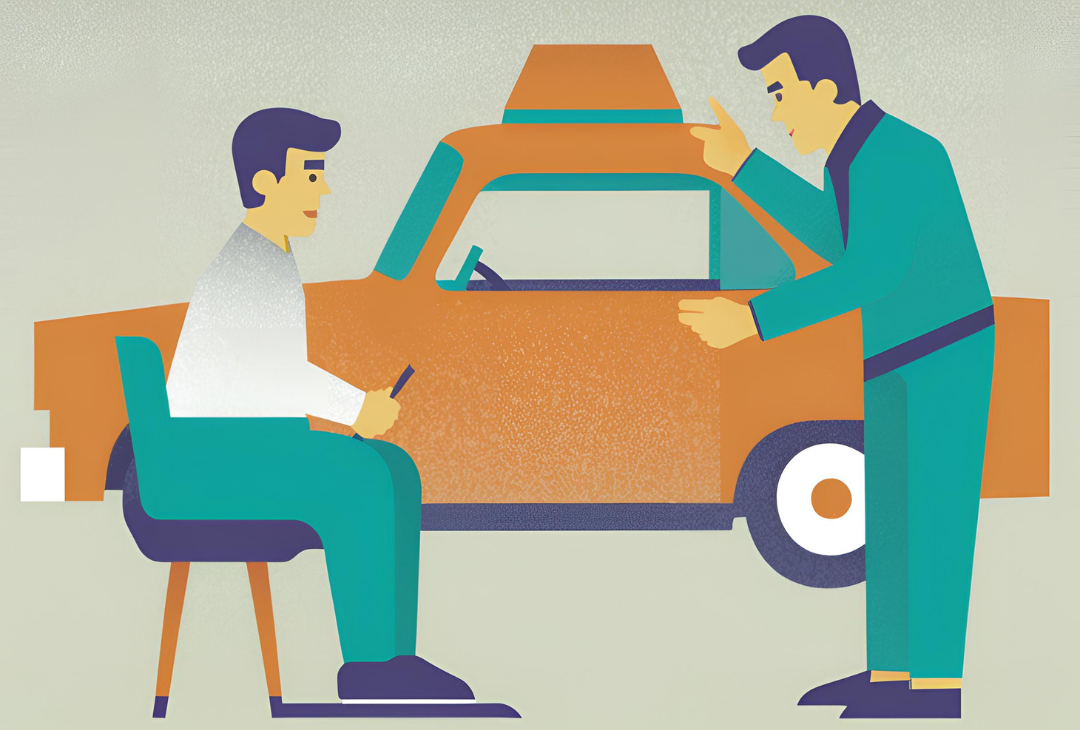Stay Safe on the Road: 5 Common Driving Hazards That Cause Car Accidents
Driving is an everyday activity for millions, but it comes with its fair share of risks. Understanding and avoiding common driving hazards can significantly reduce the likelihood of accidents. At Get Drivers Ed, we emphasize the importance of recognizing and responding to these hazards as part of our comprehensive drivers education courses. Here, we identify five common driving hazards that every driver should be aware of to ensure their safety and the safety of others on the road.
1. Distracted Driving
What It Is:
Distracted driving involves any activity that diverts attention from driving, including talking on the phone, texting, eating, or even adjusting the radio.
Why It’s Dangerous:
When your attention is split, your reaction times increase, and your ability to scan the environment decreases, making it more difficult to notice and react to sudden changes. Distracted driving is a leading cause of accidents because it reduces situational awareness and impairs decision-making.
How to Avoid:
At Get Drivers Ed, we teach strategies to minimize distractions, such as setting your phone to 'Do Not Disturb' while driving and pre-setting your vehicle’s controls before you set off. Additionally, we encourage drivers to:
Plan Ahead: Set GPS routes and adjust mirrors and seats before starting the car.
Create Habits: Develop a habit of focusing solely on driving and practice mindful driving techniques.
Use Technology Wisely: Utilize hands-free devices responsibly and only when necessary.
2. Speeding
What It Is:
Driving over the speed limit or too fast for conditions.
Why It’s Dangerous:
Speeding reduces the time you have to react to emergencies and increases the severity of an accident. It also makes it harder to navigate safely around curves or avoid hazards. Speeding compromises vehicle control and extends the distance needed to stop safely.
How to Avoid:
Our courses at Get Drivers Ed include training on the importance of observing speed limits and adjusting speed according to road conditions, traffic, and weather. Tips include:
Mind the Limits: Always adhere to posted speed limits and adjust your speed according to traffic flow.
Weather Adjustments: Slow down during adverse weather conditions and in areas with heavy pedestrian traffic.
Safe Following Distance: Maintain a safe distance from the vehicle in front to allow ample reaction time.
3. Weather Conditions
What It Is:
Adverse weather conditions, such as rain, snow, ice, and fog, can impair visibility and road traction.
Why It’s Dangerous:
Poor weather conditions make it difficult to see other vehicles, road signs, and the road itself. They also increase the distance needed to safely stop. Weather-related hazards can catch even experienced drivers off guard, leading to skids and collisions.
How to Avoid:
Get Drivers Ed offers specific training on how to drive in various weather conditions, focusing on
techniques like defensive driving, appropriate speed reduction, and safe stopping distances. Key strategies include:
Slow Down: Reduce your speed to match road conditions.
Increase Following Distance: Allow more space between your car and the one in front to account for longer stopping distances.
Use Headlights: Ensure your headlights are on in low visibility conditions to improve your visibility to other drivers.
4. Driving Under the Influence
What It Is:
Operating a vehicle while impaired by alcohol or drugs.
Why It’s Dangerous:
Impairment significantly decreases cognitive function and reaction times, increases risk-taking behaviors, and impairs judgment and coordination. Driving under the influence is a major cause of severe accidents and fatalities.
How to Avoid:
Education is key. Our courses stress the legal implications and physical dangers of impaired driving and encourage responsible behaviors like designating a sober driver or using alternative transportation methods. Additionally, we advise:
Plan Ahead: Arrange for a designated driver or use ride-sharing services if you plan to drink.
Recognize Impairment: Understand the effects of medications and avoid driving if you feel drowsy or impaired.
Peer Support: Encourage friends and family to make safe choices regarding impaired driving.
5. Aggressive Driving
What It Is:
Behaviors such as tailgating, erratic lane changing, or road rage.
Why It’s Dangerous:
Aggressive driving behaviors endanger all road users by increasing the risk of collisions and escalating roadside confrontations. Aggression behind the wheel can lead to reckless maneuvers and poor judgment.
How to Avoid:
Get Drivers Ed teaches techniques for managing stress and anger while driving, recognizing the signs of aggressive driving in others, and safely handling encounters with aggressive drivers. Essential tips include:
Stay Calm: Practice stress-reducing techniques like deep breathing and stay patient in traffic.
Avoid Confrontation: Do not engage with aggressive drivers and maintain a safe distance.
Signal Properly: Use turn signals to communicate your intentions clearly to other drivers.
Conclusion
Recognizing and understanding how to handle these five common driving hazards are crucial for anyone behind the wheel. At Get Drivers Ed, our mission is to prepare drivers not only to pass their driving test but to ensure they are safe, responsible, and well-informed road users. By enrolling in our courses, you are taking an important step towards protecting yourself and others on the road. Don’t wait until you’re faced with a hazard to learn how to deal with it. Join us at Get Drivers Ed today and gain the skills you need to drive safely and confidently.
Driving safety starts with awareness and education. Equip yourself with the knowledge and techniques to handle any driving situation. Sign up for our comprehensive drivers education courses and make the commitment to safer driving today.


